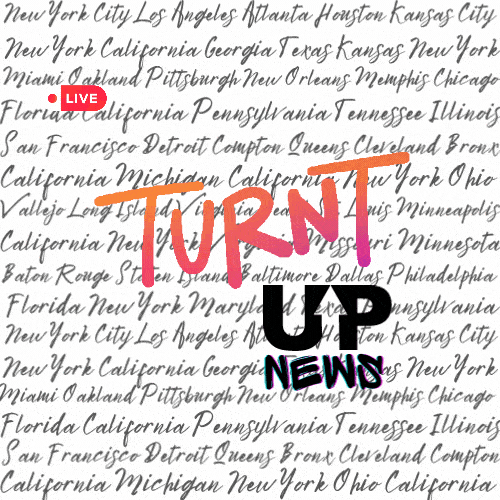Polar Ice Cover: The Chilling Reality, Now in Technicolor! ❄️🔥
TL;DR:
It’s a slippery slope, y’all! The Arctic’s polar ice cover is shedding faster than a cat in summer, while Antarctica seems to be having a growth spurt. But why, and what does it mean for the rest of the world? Buckle up for a wild, frosty ride through satellite data, sea ice concentration, and ice-albedo feedback loops. Trust us, it’s cooler than it sounds! 😎❄️🌍
Ever thought about what’s happening at the top and bottom of the world? Well, turns out those caps of frosty white are dancing to very different tunes 🎶. Over the last four decades, the Arctic has been on a serious slimming diet, losing its sea ice cover at an alarming rate. Meanwhile, Antarctica is, err… packing on the pounds, growing its ice cover, but at a more leisurely pace. Kind of like your two uncles at Thanksgiving, one’s skipping dessert and the other’s going back for thirds. 🍨😂
But why should you care about what’s going on in these remote, chilly corners of the Earth? Hold on to your ice lattes, because this icy tale is more than just polar bears vs. penguins.
The decline in Arctic sea ice cover could amplify global warming due to something called ice-albedo feedback. In simple terms, this means that ice, being the good guy that it is, reflects a lot of sunlight (has a high ‘albedo’). When there’s less ice, less sunlight gets reflected, and more gets absorbed by the ocean, leading to even more warming. It’s a loop, people! A vicious, warming loop! ☀️🔄🔥
The data for this comes from satellites that have been keeping an eye on our planet since 1978. They measure the concentration of ice (percent of an area covered by ice) and ice extent (total area of at least 15% ice concentration). Imagine counting every single snowflake in a snowstorm, or better yet, every crumb from a spilled bag of chips (if you’re the clean-freak type) 🛰️❄️🔬.
All these nifty space gadgets have helped us understand what’s going on up there, and down under. We’ve got color-coded maps, graphs, and even animations showing ice concentrations and changes over time. It’s like a massive, ongoing game of Risk, but instead of armies, we’re dealing with ice cubes. And unlike the game, the outcome of this isn’t just hurt feelings and spilled drinks.
But what’s causing these changes, and why is the Arctic losing while Antarctica is gaining? More importantly, how will this affect weather patterns, ocean currents, and global warming? And isn’t there anything we can do about it? Or are we just doomed to watch as the world literally melts away beneath us? 🌍🌊😱
Remember, this ain’t investment advice, and we’re certainly not telling you to buy a pair of ice skates and a penguin suit just yet (although it’s a cool Halloween idea, right?). We’re just presenting the facts, with a dash of humor and a sprinkle of existential dread.
So now, dear readers, it’s over to you. We’ve painted the frosty picture, but what does it mean to you? How do you think these changes in sea ice cover will affect our planet’s future? And, more importantly, what are we going to do about it? It’s high time we had a chill conversation about our warming world, don’t you think? 🧊🔥🗣️
Disclaimer: This article isn’t offering any sort of professional advice, it’s just here to make you ponder, question, and hopefully giggle a little bit. For actual climate change advice, please consult with experts or relevant authorities. 😇👩🔬👨🔬





